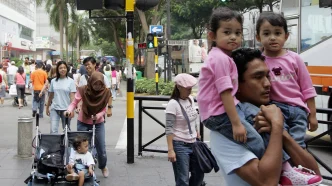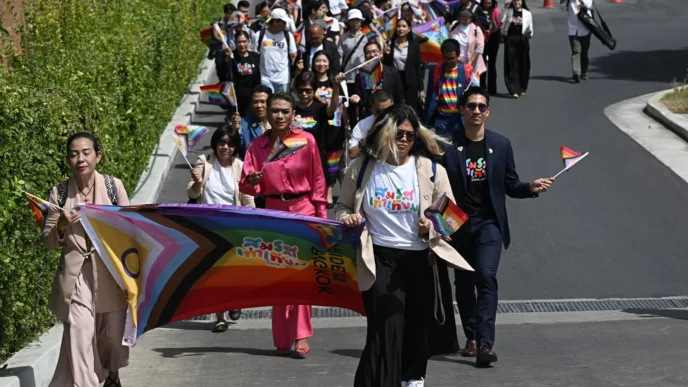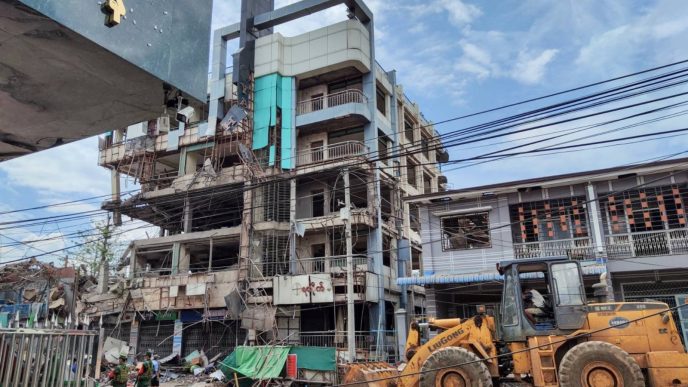SINGAPORE: Singapores population crossed six million for the first time, as the percentage of non-residents increased more than that of residents, a government report showed.
The total population rose 2% from a year ago to reach 6.04 million as of June 2024, due mainly to a 5% growth in the number of non-residents to 1.86 million a group that includes foreign workers dependents, and international students, according to the report.
Citizen numbers increased by 0.7% to 3.64 million, while permanent residents climbed by 1.2% to 0.54 million.
At the same time, the report showed the city-state was grappling with falling birth rates.
Singapores resident total fertility rate dropped to a historic low of 0.97 in 2023, while citizen births were down 5.1% on-year to 28,877.
The average number of annual births in the last five years was 31,100, a number lower than the 33,000 recorded in the preceding five years.
Singapores low birth rate was despite the island nation trying various ways to arrest the declining numbers, including providing financial assistance to defray the cost of having babies, and recently easing egg-freezing rules and boosting parental leave support.
That trend comes at a time when its population is aging rapidly.
The report stated that about one in five Singaporeans were aged 65 and above in June, even as the city-state separately estimated that proportion to change to one in four by 2030.
Still, the challenge of a shrinking fertility rate and an aging society isnt unique to Singapore.
Many developed countries, as well as developing nations in Asia, are grappling with a similar situation.
Singapore, which has been counted as one of the six places on earth known for people with the longest and healthiest lifespans, retained its reputation as a blue zone.
The report also showed that the number of citizens aged 80 and above increased by 142,000 in 2024 from 85,000 in 2014.









